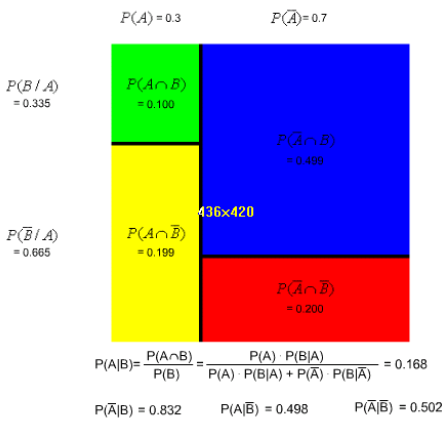How would you explain Bayesian thinking to a ten year old?
post by lumenwrites · 2022-01-05T17:25:46.771Z · LW · GW · 1 commentThis is a question post.
Contents
Answers 3 kithpendragon -1 darko None 1 comment
What are the most useful practical applications of Bayesian thinking that don't require the person to understand the math?
Answers
In this video, Matt Parker and Hannah Fry perform a thought experiment from Bayes's original notes that uses no math at all. After that, they overlay a probability distribution on the experiment and show the certainty increasing, all without worrying about the math. Finally, they show the equation briefly near the end of the video. (Turns out Bayes didn't actually work out the math himself, anyway; Laplace did that work.) They don't really go into the math at all, but rather discuss the idea of updating beliefs based on new information.
The whole video is about 13 minutes long (+ end of video stuff), but most of that is the experiment itself (which they do in real time).
Bayesian thinking involves putting prior knowledge into the prediction.
For a very straightforward example, assume you want to know (compute) the probability that someone is a male or a female. From a frequentist perspective, before the pesron reveals its gender, there is 50% chance that this person is a male and 50% a female.
From a bayesian perspective we can add some biasis (prior) to perform a better prediction. In the example above, our knowledge about what distinguish a male from a female (hair, voice, ...) and the actual observation can be used to perform more accurate prediction, before the person reveals its true gender.
1 comment
Comments sorted by top scores.
comment by Gunnar_Zarncke · 2022-01-05T19:07:56.127Z · LW(p) · GW(p)
I think the unit square can be used to visualize this.
https://www.researchgate.net/figure/The-tree-diagram-and-the-unit-square-with-natural-frequencies_fig1_307569151
